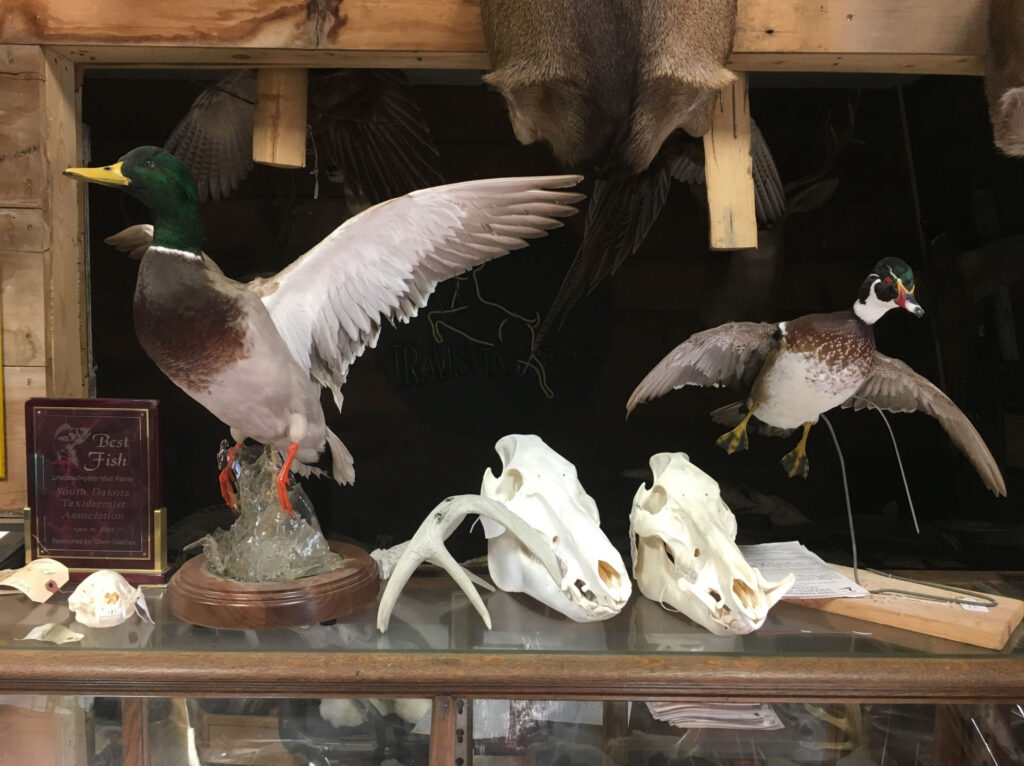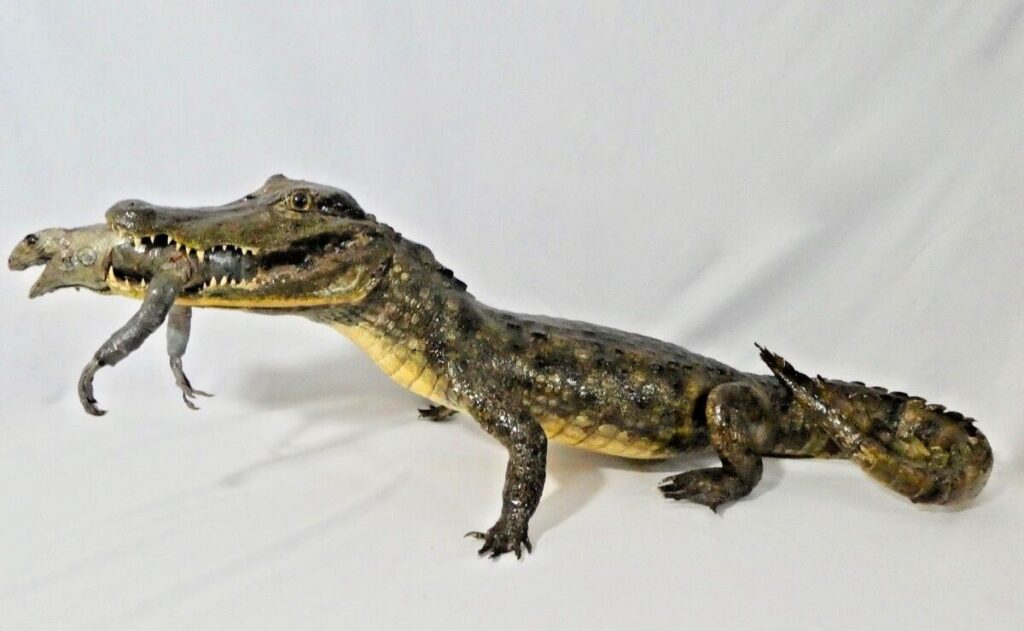Taxidermy mounts serve as captivating displays of the beauty and diversity of the natural world. From small songbirds to majestic predators, taxidermy allows us to preserve and showcase the unique characteristics of various animal species in lifelike detail. In this article, we will explore some of the most popular types of taxidermy mounts, ranging from delicate avian specimens to imposing carnivores.
1. Bird Mounts
Bird taxidermy is a specialized art form that requires precision and attention to detail. Small birds such as songbirds, waterfowl, and raptors are commonly mounted to showcase their vibrant plumage and intricate feather patterns. The delicate nature of bird specimens requires careful handling and meticulous preparation to ensure that the feathers retain their natural appearance and texture.
Common techniques used in bird taxidermy include skinning, fleshing, and mounting the skin onto a wire frame or mannequin. Once mounted, the feathers are carefully arranged and groomed to recreate the bird’s natural posture and appearance. Bird mounts are popular choices for nature enthusiasts, birdwatchers, and collectors looking to add a touch of natural beauty to their home or office.

2. Mammal Mounts
Mammals are another popular subject for taxidermy mounts, with a wide range of species represented in collections around the world. From small rodents and rabbits to large carnivores such as bears and big cats, mammal mounts offer a fascinating glimpse into the diversity of terrestrial life.
Mammal taxidermy typically involves skinning, fleshing, and tanning the animal’s hide before mounting it onto a form or mannequin. The size and complexity of the mount can vary depending on the species and pose desired, with some mounts requiring additional sculpting and detailing to recreate lifelike features such as claws, teeth, and facial expressions.
3. Fish Mounts
Fish taxidermy, also known as fish mounting or fish replicas, is a popular choice for anglers looking to commemorate their catch. Unlike traditional taxidermy, which involves preserving the entire animal, fish mounts typically involve creating a replica of the fish using lightweight materials such as fiberglass or resin.
Fish replicas are created by taking detailed measurements and photographs of the fish before releasing it back into the water. These measurements are used to create an exact replica of the fish’s size, shape, and coloration, allowing anglers to preserve their trophy catch without harming the fish.
4. Reptile and Amphibian Mounts

Reptiles and amphibians are also commonly mounted for display in museums, educational institutions, and private collections. From snakes and lizards to turtles and frogs, these mounts offer unique insights into the world of cold-blooded creatures.
Reptile and amphibian taxidermy involves similar techniques to mammal and bird taxidermy, including skinning, fleshing, and mounting the specimen onto a form or mannequin. Special attention is paid to recreating the animal’s natural habitat and behavior, with some mounts featuring intricate dioramas or habitat displays to enhance the overall effect.
In conclusion, taxidermy mounts come in a variety of shapes and sizes, ranging from small birds to large predators. Whether it’s a lifelike bird mount adorning a living room wall or a majestic mammal mount displayed in a natural history museum, taxidermy allows us to preserve and celebrate the beauty of the natural world for generations to come.
